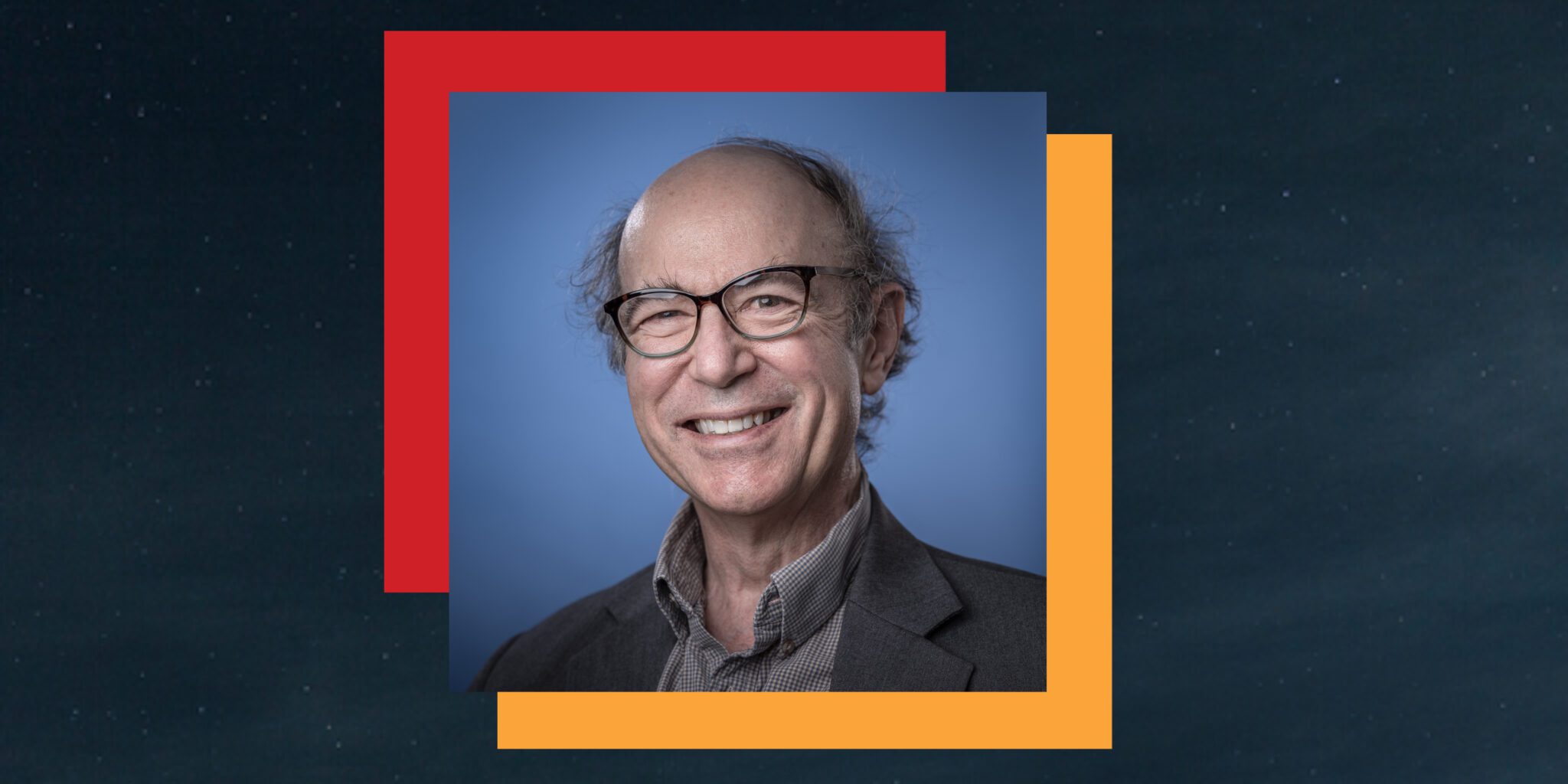Just a week after receiving the 2022 Templeton Prize, Dr. Frank Wilczek sat down for a conversation in New York with France Córdova, president of the Science Philanthropy Alliance. After a warm introduction from John Templeton Foundation president Heather Templeton Dill, Dr. Córdova congratulated Wilczek on his award and then quickly cut to the chase, asking “What are humankind’s most perplexing questions?”
After a pause to let the audience ponder, Wilczek responded by citing philosopher David Hume, who astutely noted that science tells us about what is, not what ought to be. While acknowledging the importance of this distinction, Dr. Wilczek also pointed out the tremendous value of science in discovering not only what is possible but also developing the means to reach many of our moral goals.
Dr. Wilczek joked that perplexing questions feel like “insurmountable opportunities”— simultaneously frustrating and potentially fruitful. He added,
“The world is a much richer place than meets the naked eye. Our understanding of matter and energy presents enormous opportunities to create a better world.”
Dr. Córdova then turned to Wilczek’s remarkable record of scientific achievement, noting that his Nobel Prize in physics resulted from work he did as a twenty-one-year-old graduate student. How did he find himself in this position at such a young age?
Wilczek began by saying that his grandparents arrived in the United States as refugees from Central Europe fleeing the chaos of the first World War. His parents grew up in very humble circumstances, but they were enormously respectful of science. Wilczek was raised in New York and benefitted from the opportunities provided by the NYC public school system. At the end of high school, he participated in the Westinghouse Science Talent search, putting him in contact with some of the world’s greatest scientists, including chemist and Nobel Prize winner Glenn Seaborg. This experience developed his confidence to pursue difficult research questions in the years ahead.
Arriving at graduate school in Princeton in a mathematics Ph.D. program, Wilczek did not have a clear idea where his curiosity would lead him. He reflected,
“It’s important to let students explore their interests without expecting them to justify their every decision.”
The mathematics of symmetry fascinated him, and he found his way to professor David Gross, with whom he would later share the Nobel Prize. Given the fecundity of their collaboration, Wilczek advised,“Bringing people together is hard to overestimate. Get young people in contact with cutting edge of intellectual ferment.”
Dr. Córdova’s next question focused on the intersection of science and religion: “What is God, Dr. Wilczek?”
He answered that God is a word that’s used in many different senses. What they have in common though, is thinking big, thinking what is and what could be and what should be. God is revealed through the works of God. Wilczek grinned as he remarked that “God is under construction,” as we gain knowledge and have opportunities to actively shape the world.
Dr. Córdova then focused on a topic that pervades Dr. Wilczek’s research and writing: beauty. Why are beautiful solutions so often the best solutions to scientific questions?
Wilczek began by admitting that beauty is tough to define, but you definitely know it when you see it. According to Plato, the cosmos was comprised of exactly five geometric solids, which seemed to map onto the ancient Greek conception of the four fundamental elements of earth, wind, water, and fire. This was a beautiful formulation, and it inspired great mathematics for nearly two thousand years.
Turning to contemporary science, Wilczek spoke with obvious pleasure, “It turns out that the way the world actually works is much more beautiful than that.” He explained that two aspects of beauty are symmetry and logical coherence, both of which are fundamental properties of the equations that describe reality. You can rely on nature to be that way, and beauty can serve as a guide for further scientific discovery. Axions, anyons, time crystals, and quantum chromodynamics all came out of Wilczek’s longing to make scientific descriptions more beautiful.
The conversation concluded with questions about where he was going next, both in terms of research and popular writing. On the research side, Wilczek noted that he is heavily involved in experiments to observe axions, which may comprise the mysterious dark matter that pervades the universe. He is optimistic that the ALPHA collaboration at CERN will detect evidence for their existence.
Dr. Wilczek is also writing a new book about the future of humanity. Building off his opening comments about David Hume, Wilczek stressed how our profound understanding of what is enhances our imagination of what could be, which, in turn, opens the door to discussion of what should be. As a source of mind-expanding beauty and joy, scientific inquiry has an exciting role to play.
